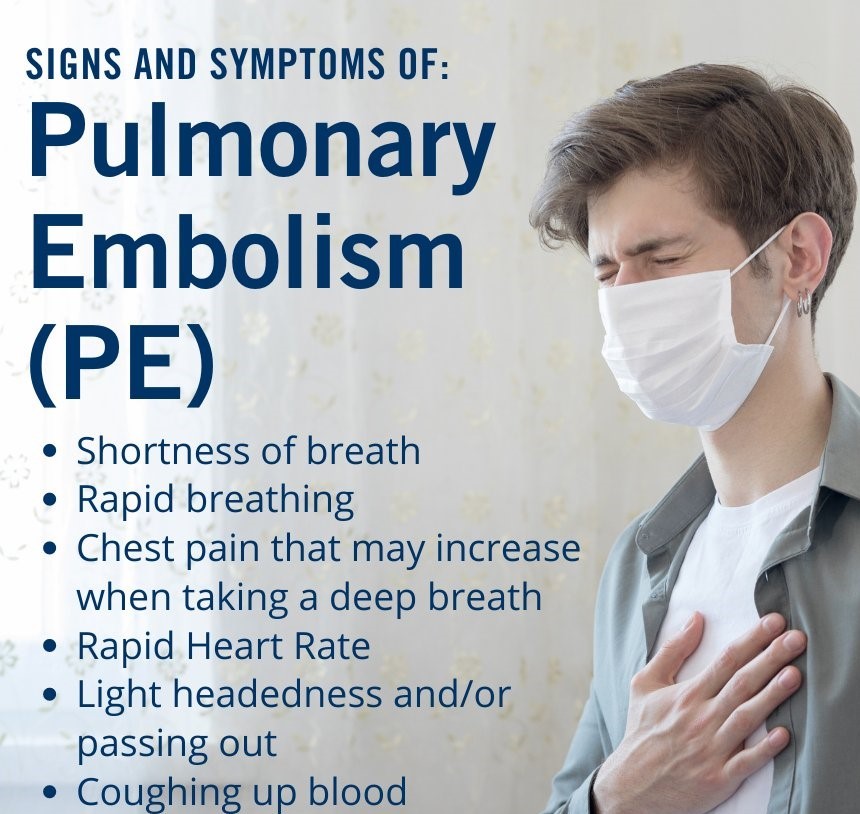Safety While Travelling: Preventing Blood Clots on Long Journeys
Ever heard the saying “a body in motion stays in motion”? Well, the opposite holds true too. When you remain still for extended periods, especially during travel, your body becomes sluggish, increasing your risk of blood clots. Let’s explore why this happens and what you can do to stay safe on long journeys.
The Science Behind Blood Clots and Travel
Airplane cabins are pressurized to simulate an altitude of about 8,000 feet. This decreased oxygen level triggers your body to increase platelet count, making your blood thicker and more prone to clotting. Combine this with prolonged sitting, and you have a recipe for potential trouble.
Immobility and Travel: A Recipe for Blood Clots
Maintaining safety while travelling
Sitting for extended periods during travel, especially in cramped spaces, can trigger blood clot formation in the deep leg veins also called a deep vein thrombosis (DVT). The longer you remain immobile, the greater your risk.
While many blood clots eventually dissolve harmlessly, a serious complication can arise if a fragment breaks off and travels to the lungs, causing a blockage known as pulmonary embolism (PE). This condition can be fatal. Fortunately, there are steps you can take to safeguard your health and minimize your risk of developing blood clots on long journeys.

Know the signs and symptoms of a pulmonary embolism (PE)
Teach yourself the signs and symptoms of a pulmonary embolism.
Safety While Travelling: Who’s Most at Risk?
Certain factors elevate your risk of DVT during travel. Be extra vigilant if you fall into any of these categories:
- Age 40 and over
- Obese (BMI greater than 30kg/m2)
- Recently had surgery or suffered an injury (within 3 months)
- Using hormonal birth control or undergoing hormone replacement therapy
- Pregnant or recently postpartum (up to 6 weeks after childbirth)
- Have a history of blood clots in yourself or your family
- Battling active cancer or undergoing cancer treatment
- Have limited mobility (e.g., due to a leg cast)
- Have a catheter placed in a large vein
- Suffer from varicose veins
Silent Threat: Recognizing DVT Symptoms

Signs of a deep vein thrombosis (DVT)
While half of DVT cases have no symptoms, here are some red flags to watch out for in the affected leg or arm:
- Swelling
- Unexplained pain or tenderness
- Warmth to the touch
- Skin redness
If you experience any of these, seek immediate medical attention.
However, airplanes aren’t the only culprit. Anyone traveling for more than four hours, regardless of the mode of transportation (car, bus, train), faces an increased risk of blood clots, also known as deep vein thrombosis (DVT).
Safety While Travelling: 7 Smart Tips
The good news is that you can significantly reduce your risk of DVT with a few simple strategies:
- Move It or Lose It (Plane): Get up and walk around the cabin whenever possible. Excuse yourself politely from fellow passengers, and do it with a smile!
- Stretch It Out (Car): Pull over regularly to stretch your legs, do some jumping jacks, or heel raises – anything to get your blood flowing.
- Truck Stops Are Your Friend (Truck): While pulling over frequently might be impractical for truck drivers, maximize movement at every rest stop.
- Walk This Way (Bus/Train): Just like on airplanes, get up and walk around the aisles whenever feasible.
- Hydration is Key: Our bodies are mostly water. Drink plenty of fluids throughout your trip – a good rule of thumb is to divide your body weight in half by ounces to determine your daily water intake goal.
- Limit Alcohol: Alcohol dehydrates you, and so does flying. While a drink might be tempting, avoid excessive alcohol consumption or follow it with a glass of water. This applies to any situation, not just travel.
- Support Your Body (Airplane): Airplane seats are notorious for discomfort. If you have a complimentary blanket, roll it up and place it behind your lower back for lumbar support. A good neck pillow can also help maintain proper posture while sleeping, reading, or watching movies.
By following these tips and being aware of the risks, you can ensure safe and healthy travels!
#SafeTravel #Getupandwalk #PulmonaryEmbolism #DeepVeinThrombosis

